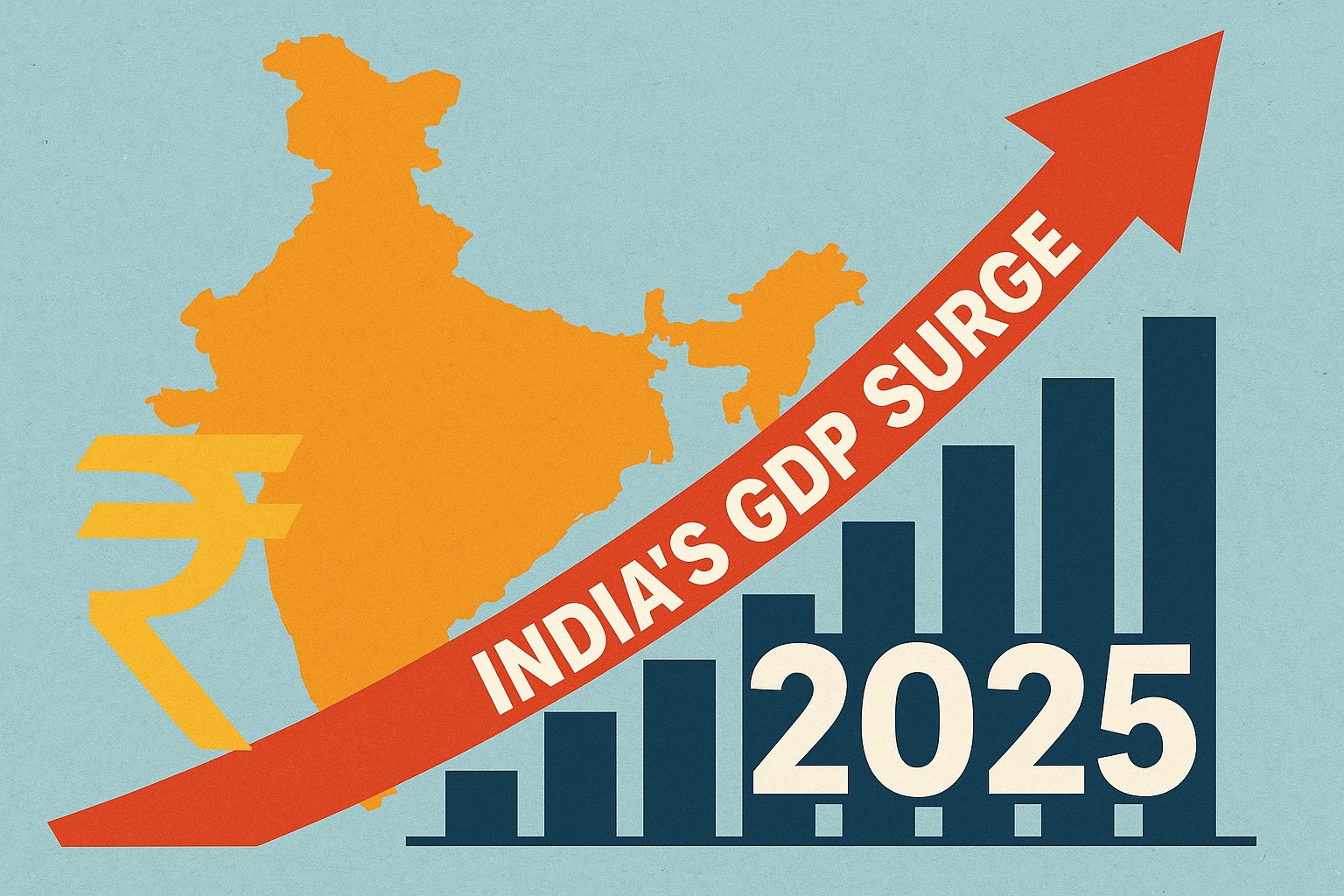RBI is the central bank of the country and has the onus of maintaining price stability, supporting sustainable growth, and ensuring liquidity in the banking system. Through monetary policy, the RBI manages the money supply and interest rates via repo rate changes and cash reserve ratio, aiming to control inflation and maintain financial stability. These measures directly impact credit availability, investment decisions, and overall market conditions.
In June 2025, the RBI faced a situation with low domestic inflation and high global uncertainty. Retail inflation had dropped below the central bank’s target so the RBI had two jobs: to boost growth and handle risks from global trade issues and slow growth in economies. The MPC took a closer look at the big picture to maintain the growth rate, control inflation expectations, and strengthen financial stability, all while adhering to RBI’s main goals, demonstrating the RBI policy effect through repo rate change and inflation control, and highlighting how RBI decisions affect your investments.
Key Policy Announcements
To strengthen growth and resolve existing problems in the economy, the RBI put forth some vital policy actions in June 2025:
- There was a reduction of 50 basis points in the repo rate making it 5.5%. This was the highest cut since 2020.
- The cash reserve ratio (CRR) was reduced by 100 basis points to 3%, phased over four tranches for a more gradual impact.
- There has been a shift in the policy stance from ‘accommodative’ to ‘neutral’ reflecting a blend of both risk and caution.
- The expectation of GDP growth for FY26 was kept unchanged at 6.5% which still shows confidence in the economy.
- The inflation CPI forecast was adjusted downwards to 3.7%, which is in line with the recent fall in price levels.
- The phased CRR cut is meant to inject ₹2.5 lakh crore into the banking system, therefore boosting liquidity and assisting credit growth.
Rationale Behind the Policy Shift
The reasons for the recent change in RBI policies are as follows:
- RBI’s hands are unbound when it comes to policy easing as retail inflation fell below 3.16% in April 2025.
- Given the global and local challenges facing the Indian economy, supporting growth has unarguably become the main focus.
- The RBI is now following a more adaptive and insight-driven approach as it works to balance economic growth with inflation control.
Direct Economic Impacts
The recent RBI policy shifts have brought real and immediate changes to borrowers and savers:
- Lending rates have fallen with big banks lowering their lending rates by 50 basis points following the cut in the repo rate, making loans, particularly housing loans, more affordable and reducing EMIs for companies and individuals.
- Property purchasers and first-time buyers benefit from more accessible credit, promoting investment in real estate and other high-ticket purchases.
- Conversely, savers are also receiving lower returns, as banks have initiated reductions in interest rates on savings accounts and fixed deposits. Savings rates have now dropped to approximately 2.75%, while fixed deposit rates have been cut by 25 basis points.
- The decline in deposit interest rates affects renewing and new deposits, thus conservative investors and retirees who rely on interest income.
Sectoral and Market Implications
- The market rallied after the June 2025 RBI policy, with Nifty 50 and Sensex up 1%, with banking stocks leading the charge.
- Banks are facing short-term Net Interest Margin (NIM) pressure due to lower lending rates but this is offset by the CRR cut which will support credit growth and profitability in the medium term.
- Real estate is seeing a boost as lower home loan rates are making housing more affordable and demand is picking up, especially in the affordable and mid-segment.
- The auto industry is benefiting from cheaper financing, with rising sales and renewed consumer interest since banks have become more aggressive in lending.
- FMCG and IT may face challenges in the short term as investor focus shifts to rate-sensitive and cyclical sectors such as banking, real estate, and auto which may lead to short-term underperformance.
Broader Economic Effects
The RBI’s rate cut will impact the economy in many ways:
- Cheaper credit and higher liquidity will boost demand for housing, consumer durables, and other credit-driven sectors promoting consumption and investment.
- Credit will flow ahead of the festival season, give a timely boost to consumption-led growth and support economic activity.
- Lower interest rates will make Indian assets less attractive to foreign portfolio investors impacting foreign investment flows while putting pressure on the rupee’s stability.
Conclusion
The June 2025 policy is a thoughtful response to the current situation, and economic growth without compromising price stability. The shift to Neutral stance and rate cuts have already started making credit more accessible, reviving key sectors, and boosting market sentiment.
But the real impact will be seen in the coming months as inflation trends, sectoral performance, and global developments unfold. As India navigates this phase, investors, businesses, and policymakers will need to keep an eye on RBI’s further cues and adjust accordingly. Discover trusted investment platforms to stay ahead with expert tools and tailored market insights.
- Make in India 2.0: How Manufacturing Is Reshaping Market Sentiment - December 13, 2025
- Real Estate Boom : Why Tier-2 Cities Are Attracting Big Investors - December 12, 2025
- India’s GDP Surge 2025: What the New Growth Numbers Mean for Markets - December 9, 2025





